| Membership | Price (+HST) |
|---|---|
| Single | $85/year |
| Single Plus | $120/year |
| Family | $130/year |
| Family Plus | $175/year |
| Contributing | $300/year |
| Supporting | $600/year |
| Sustaining | $1,000/year |
| Benefactor's Circle | $2,500/year |
| Director's Circle | $5,000/year |
| President's Circle | $10,000/year |
Conservation Projects
Conservation Projects at RBG
RBG’s conservation efforts occur in forest, wetland and prairie habitats and range from species at risk inventories to invasive alien species management.
In additions to our display gardens and horticultural conservation work, Royal Botanical Gardens works hard to preserve and restore its nature sanctuaries. This includes Project Paradise —one of the largest freshwater restoration projects of its kind in North America— that works to restore aquatic habitats of Cootes Paradise and Grindstone Creek marshes. An excellent Canadian resource for plant and restoration information is the Network for Nature.
Major Projects
Royal Botanical Gardens’ 1,100 hectares is dominated by nature sanctuaries enveloping the western end of Lake Ontario. These properties are dominated by three types of habitats: wetlands, forest, and prairies. With more than 750 native plant species, 277 types of migratory birds, 37 mammal species, 14 reptile species, 9 amphibian species and 68 species of Lake Ontario fish, the area is an important contributor to ecosystems that span international borders.
Wetland Restoration
An innovative freshwater marsh restoration venture, Project Paradise includes a range of conservation projects with a long-term goal to create the underlying conditions for ecosystem recovery.
Grasslands Restoration
RBG’s nature sanctuaries contain about 50 hectares of grasslands, 45 of which are being actively conserved to help this diverse ecosystem thrive. Grasslands have crucial flowers, food plants, and habitat for pollinators like bees and butterflies, as well as bird and mammal species that are becoming increasingly rare.
Forest Protection
The Nature Sanctuaries at Royal Botanical Gardens are home too 400 hectares (1,000 acres) of forest ecosystem with over 70 species of trees.
Special Protection Areas
To ensure that all species have an opportunity to persist, 20 percent of RBG’s nature sanctuaries remain without formal trails, creating core areas protected from human and other associated disturbances. These areas have been named ‘Special Protection Areas’. For the visitor, next to these areas there are observation points and interpretive signage to help you appreciate the significance of these unique spaces.
Bald Eagles
In 2013, RBG was home to the first eaglets to hatch on the Canadian shoreline of Lake Ontario in over 50 years.
Fishway
Located at the mouth of the Desjardins Canal, RBG’s Fishway is protecting native species and their wetland habitats.
Turtle Conservation
With a variety of habitat adjacent to these extensive wetlands, it’s no surprise that RBG is home to four native turtle species. Through our wetland restoration efforts and the Site–Specific Recovery Plan, RBG works to protect and restore habitat for turtles and all wildlife across our 2,100 acres of protected nature lands.
Invasive Species Management
RBG’s widespread properties support a diverse range of species concentrated in our natural lands. Invasive species are one of the largest threats to the sustainability of the region’s biodiversity.

Support Conservation at RBG
These conservation projects are possible thanks to the generous support of RBG Members and donors. With a donation to Growing up Green, you can ensure an active, vibrant and healthy future for the children of today and tomorrow through our horticultural and conservation projects.
Conservation Stories
Additional Resources
Learn more about RBG’s conservation efforts with these resources:

















